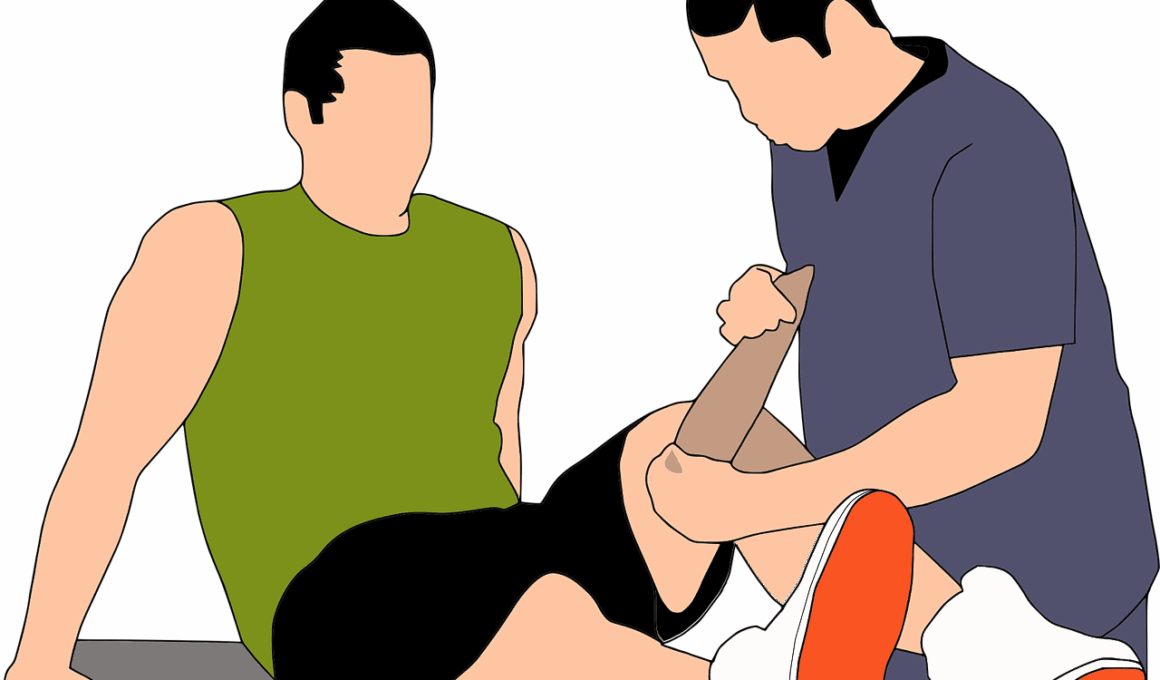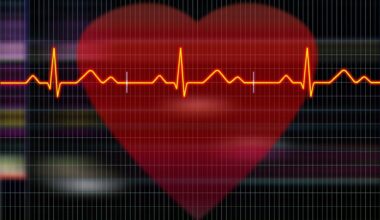How Sports Medicine Organizations Support Injury Rehabilitation
Sports medicine organizations play a vital role in facilitating injury rehabilitation for athletes across various sports. These organizations offer a multitude of resources and services aimed at helping athletes recover from injuries, regain strength and prevent future injuries. One major way they support rehabilitation is through the dissemination of up-to-date research findings and clinical guidelines. These organizations regularly host conferences and workshops where professionals in the field can learn innovative rehabilitation techniques and share best practices. Furthermore, they publish journals and articles that detail emerging treatments, rehabilitation protocols, and injury prevention strategies. Access to such information empowers healthcare professionals, ensuring that athletes receive the best possible care during their recovery processes. Moreover, these organizations establish networks for professionals to collaborate and exchange knowledge, fostering a culture of continuous improvement in the field of sports medicine. Practitioners are encouraged to participate actively in these networks, contributing their insights and experiences. As a result, athlete care and rehabilitation efforts are strengthened, showcasing the crucial role of sports medicine organizations in the recovery journey of injured athletes.
In addition to providing continual education opportunities, sports medicine organizations are instrumental in promoting interdisciplinary collaboration among healthcare professionals. Rehabilitation from sports injuries often requires a diverse team, including physical therapists, athletic trainers, and orthopedic specialists. These organizations facilitate interactions between these professionals, allowing them to coordinate recovery plans tailored to individual athlete needs. For instance, they often create collaborative workshops where experts from different fields can develop and share rehabilitation strategies, enhancing the collective knowledge and strength of the team caring for an athlete. This exchange leads to the formulation of holistic approaches that address not only the physical injuries but also the psychological aspects involved in recovery. Athletes often face mental health challenges during their rehabilitation, including anxiety and depression related to performance and injury. Sports medicine organizations advocate for comprehensive care strategies that support both the body and mind, resulting in better recovery outcomes. Furthermore, they encourage open communication with athletes, enabling them to participate actively in their rehabilitation processes. This empowerment can significantly boost the psychological resilience of injured sportsmen and women, aiding in their eventual return to competitive levels.
Research and Advocacy
Another critical component of the support provided by sports medicine organizations relates to advocacy and policy development. These organizations engage in advocacy efforts directed towards improving athlete safety and injury prevention. They work with regulatory bodies to create policies that ensure strict safety protocols are implemented in all sports, which can significantly reduce the incidence of injuries. In addition, these organizations often collaborate with educational institutions to develop programs aimed at training the next generation of sports medicine professionals. By investing in education and advocacy, they not only enhance athlete care today but also pave the way for better practices in the future. Sports medicine organizations also conduct research studies that explore injury patterns, recovery rates, and treatment efficacy, thus contributing to the body of knowledge that drives advancements in rehabilitation techniques. This research is often published in reputable journals, allowing the wider medical community to benefit from their findings. Moreover, they engage with policymakers to ensure that sports-related injuries are taken seriously, advocating for funding and resources necessary to support athlete rehabilitation initiatives across various sporting disciplines.
The importance of preventive measures in sports medicine cannot be overstated. Organizations in this field actively develop and promote injury prevention programs to mitigate the risks athletes face. These initiatives encompass educational campaigns about proper training techniques, biomechanics, and nutrition tailored for athletes. By educating both athletes and coaches on the best practices, these organizations aim to create a safer sporting environment, significantly reducing the occurrence of injuries. Additionally, many sports medicine organizations provide tools and assessments for injury screening, helping to identify potential risk factors in athletes before they become serious injuries. Screening programs often include physical evaluations, assessments of flexibility and strength, and analysis of biomechanics. Such proactive measures are crucial in safeguarding athlete health and well-being. The focus on injury prevention not only benefits individual athletes but also helps maintain the integrity of sports as a whole by promoting overall athlete longevity. As a result, athletes can compete at their best while minimizing the risk of debilitating injuries, showcasing how organizations play a fundamental role in creating safer athletic experiences.
Community Engagement
Community engagement is also integral to the mission of sports medicine organizations. They frequently organize outreach programs aimed at educating local communities about the importance of injury prevention and rehabilitation. These programs often include free workshops, seminars, and screenings conducted by professionals within the organizations. By reaching out to the community, these organizations foster a greater awareness of sports medicine beyond the elite athlete level, ensuring that all individuals can access beneficial information and resources. They may also partner with schools and recreational programs to implement injury prevention strategies aimed at young athletes, ensuring foundational knowledge is established early. Furthermore, such initiatives help build trust between sports medicine professionals and the communities they serve, making it easier for individuals to seek help when needed. By making rehabilitation resources available to the public, these organizations significantly impact public health, promoting active lifestyles while ensuring that athletes at all levels have access to the necessary support. Through community engagement, sports medicine organizations not only enhance individual athlete health but also contribute to the development of healthier, more active societies overall.
In summary, sports medicine organizations are instrumental in supporting injury rehabilitation through various means. Their commitment to education, research, and advocacy ensures that athletes receive the best possible care during their recovery journey. By facilitating interdisciplinary collaboration, they create holistic recovery plans that address both the physical and psychological needs of injured athletes. Advocacy efforts contribute to safer sports environments, encouraging policies that prioritize athlete well-being. Furthermore, engagement with communities fosters awareness about injury prevention and rehabilitation, ensuring that beneficial resources and information are widely available. These organizations pave the way for advancements in sports medicine by encouraging continual research and education, benefiting both current athletes and future generations. The combined efforts of sports medicine organizations ultimately lead to improved recovery outcomes while promoting healthy sporting practices. Whether through direct rehabilitation support, community outreach, or policy advocacy, these organizations play a crucial role in ensuring that athletes can safely return to their sport. With their ongoing commitment, athletes are better equipped to navigate the challenges of injury recovery, exemplifying the positive impact these organizations have within the sports community.
Conclusion
In concluding this discussion, it’s clear that sports medicine organizations serve as pillars of support for injury rehabilitation. They empower not only individual athletes through educational and practical resources but also entire communities by fostering a culture of safety and awareness. Their multifaceted approaches, ranging from research to community engagement, ensure that the field of sports medicine continuously evolves into a more effective and compassionate discipline. As we look towards the future, these organizations will undoubtedly continue to advance athlete care and make significant strides in injury rehabilitation. Their work is pivotal in shifting how injuries are perceived and managed in sports, shaping a healthier philosophy towards athlete treatment and welfare. Each initiative they undertake, be it organizing workshops, conducting research, or forming partnerships, reflects a deep-rooted dedication to the well-being of sports participants. The continued evolution of sports medicine organizations is essential for ensuring that not only are athletes rehabilitated effectively, but they also have the knowledge and skills to prevent future injuries. As such, their ongoing contributions to the realm of sports should not be overlooked, as they are indeed foundational to nurturing a thriving sports culture.



